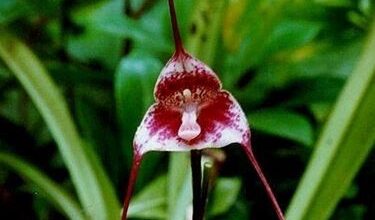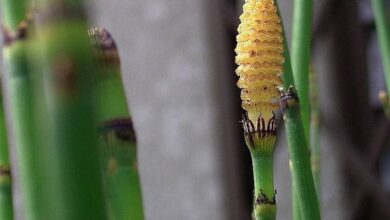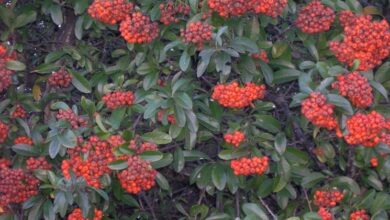Dogwood – Cornus mas
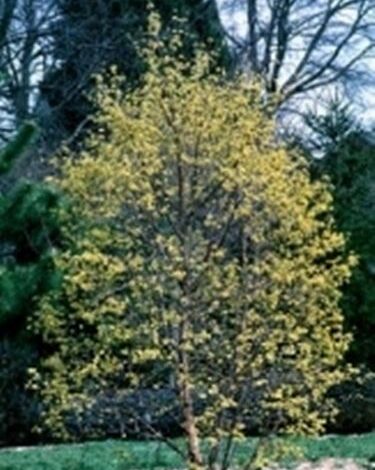
Generality
It is a slow-growing tree with a strong polloniferous attitude, capable of reaching a height of 10 m if found in the best situations, or it becomes a 3-5 m tall shrub. The trunk has a twisted pattern, with a light gray bark, while the branches are green, with red hues when illuminated by the sun for a long time. The branches have numerous ramifications and the basal ones can develop from the stem at a height of 30-40 cm from the ground. The leaves are deciduous, oval, of medium size (maximum length 6-7 cm), whole, opposite, slightly hairy, pointed, dark green, while in autumn, before falling, they take on a yellow-red color. The flowers are hermaphroditic, yellow, small in size and gathered in showy umbrella-shaped inflorescences. Flowering occurs in the months of February-March, before the leaves are released; it is a self-fertile species with entomophilic pollination.
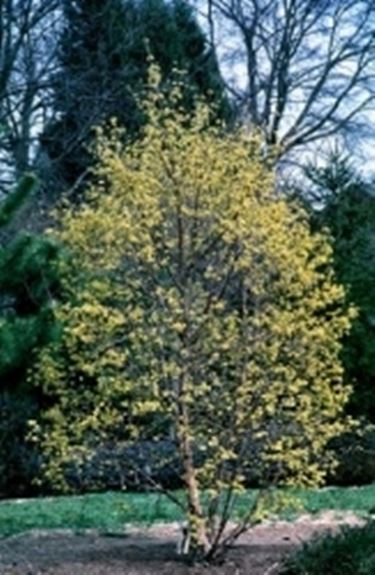
The fruits and their use
The fruits are elliptical-shaped drupes, similar to an olive due to its size and are called carnelian. They have an orange-yellow skin, which tends to turn red with maturation. The pulp is deliquescent, even when ripe fruit it retains a sour taste and is rich in tannins, sugars and mucilages; the core has a horny and hard texture. The fruit of the dogwood is not well known today; some plants can be found in the countryside, which by now are little frequented by most of the people. In the past, carnelian was used above all to prepare jams at a family level. Carnelian was also used in the preparation of «cornelian olives»; the ripe fruits were put in water and salt, with the same procedure used for the preservation of olives. An oil used in soap making is obtained from their seed. The most common cultivars in our country are Golden Glory, Variegata, Aurea and Elegant.
The drupes, as well as for direct consumption and conservation in brine, have a pharmaceutical use, being endowed with anti-diarrheal properties or can be used to obtain a particular type of cider.
Climate and terrain
The dogwood prefers temperate climates, does not fear high summer temperatures and cold winters, in the case of very low temperatures, the collar can be covered with mulching vegetable material; it is sensitive to spring frosts due to early flowering. It can be grown both in the plains and in the hills, up to an altitude of 1000 m; it prefers sunny exposures, but in the case of too high summer temperatures it is good to choose semi-shaded areas or even north-facing areas.
The dogwood is a species native to south-eastern Europe and western Asia, in its natural state it is found in clearings and at the edges of broad-leaved woods, both in the plains and in the mid-mountain. In terms of soil it is a very adaptable plant, in fact it grows well on arid and stony soils while preferring those that are loose, well drained, moderately calcareous and with a good amount of organic substance, while it avoids too humid and compact soils.
Cultivation techniques
The dogwood can be propagated by seed, by semi-woody cutting, which however struggles to emit roots, and by rooted suckers, exploiting the strong polloniferous attitude of the species. The plants obtained from seed are characterized by an excellent anchoring to the ground, by a slow fruiting and by a strong heterogeneity. The seedlings of at least two years of age are planted, the following year the grafting is carried out in the field with material coming from plants with good characteristics. It is raised in free form by adopting planting spans of 4-5 X 5 m. During the breeding phase, pruning consists in the preparation of the stem and branches;
Fertilization is carried out by burying organic fertilizer near the plants at the end of winter; the dogwood is irrigated from March to September in the year of planting, while after a few the plants are satisfied with the rains as they are quite resistant to drought.
The carnelians ripen in July and August, harvesting is done manually.

